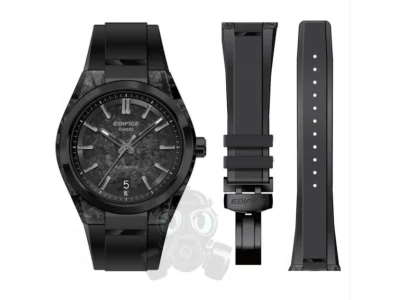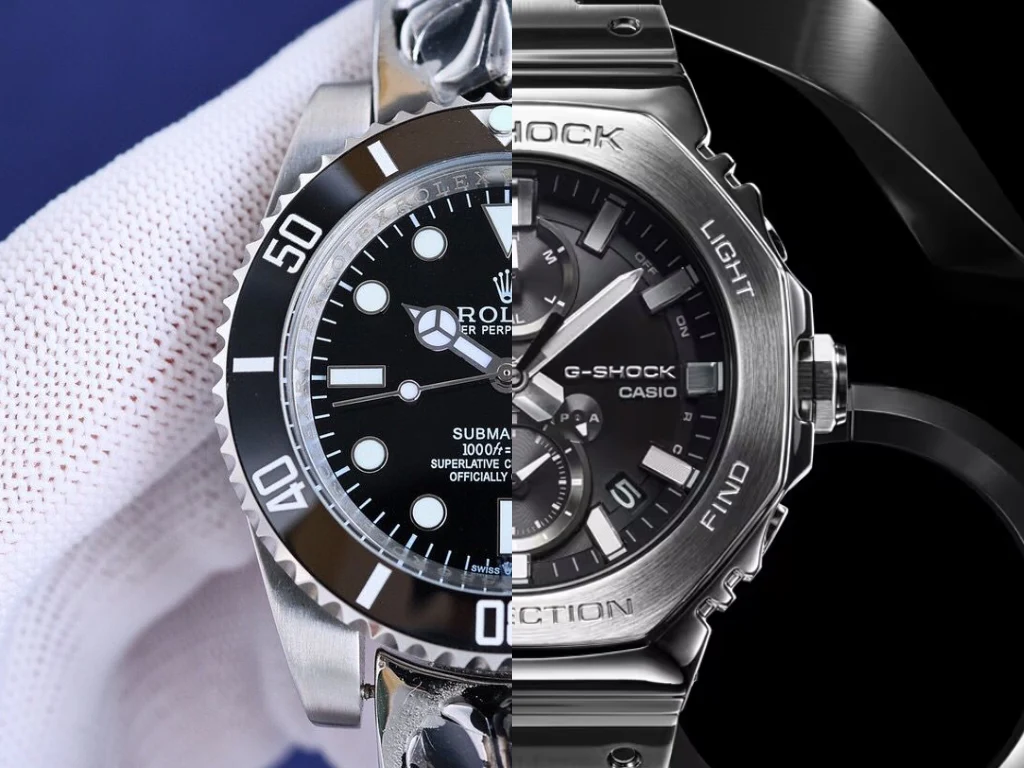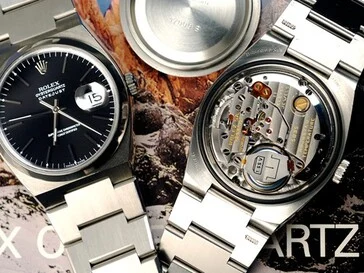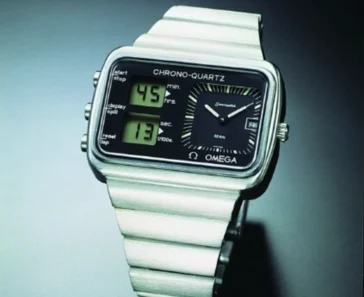Key Takeaways
1. The 1970s saw the rise of quartz technology, leading to the “Quartz Revolution” that challenged traditional mechanical watches.
2. Casio played a major role in popularizing digital quartz watches, notably with models like the Casiotron and G-Shock, which helped shift market demand.
3. The Swiss watch industry faced a significant decline, with many brands struggling to adapt to the quartz trend, leading to mergers like the formation of the Swatch Group.
4. Mechanical watches were rebranded as luxury items in the 1990s, allowing Swiss brands to focus on high-end craftsmanship while quartz watches remained affordable and functional.
5. Today, the watch industry balances quartz and mechanical watches, with Casio dominating the budget market and luxury brands like Rolex and Omega thriving in the high-end segment.
The 1970s marked a significant change in the watch industry due to the emergence of quartz technology, often referred to as the “Quartz Revolution”. Traditional Swiss watchmakers, celebrated for their mechanical artistry, faced new competition from quartz watches that were both affordable and highly precise. A key player in this transformation was Casio, which not only sped up the decline of mechanical watches but also played a role in their later resurgence.
Mechanisms at Play
Mechanical watches function with gears and springs, while quartz models utilize electronic oscillators that are controlled by quartz crystals to maintain accurate time. This leads to quartz watches being much more precise, dependable, and significantly cheaper to manufacture than their mechanical counterparts.
The Rise of Digital Watches
In 1969, Seiko introduced the first-ever quartz watch, but it was Casio that made digital quartz watches popular during the 1970s and 80s. The Casiotron, released in 1974, was among the first widely available digital watches and featured an automatic calendar, a groundbreaking feature for traditional timepieces. Casio quickly released various models that were packed with features and very affordable, which solidified its place in the market.
The G-Shock series, launched in 1983, became another revolutionary product. These watches appealed to outdoor enthusiasts, athletes, and military personnel. Their sturdy and affordable design made them a hit, further pushing mechanical watches to the sidelines. By the 1980s, quartz watches had taken over the market, leading to a significant drop in demand for mechanical watches and nearly causing the Swiss watch industry to collapse.
The Swiss Struggle
Switzerland, long regarded as the heart of fine watchmaking, experienced a sharp decline in the demand for mechanical watches due to the quartz boom. From 1970 to 1983, the number of Swiss watchmakers plummeted from 1,600 to just 600, and sales of mechanical watches dropped by over 50%. Established brands like Omega, Tissot, and Longines faced tough times, while many smaller companies disappeared.
In response to the crisis, Swiss firms hesitantly embraced quartz technology but struggled to match the pricing of Japanese brands. By 1983, Switzerland’s two largest watch groups, ASUAG and SSIH (which included Omega), merged to create what would later become the Swatch Group, providing some stabilization to the industry.
Contrasting Quartz and Mechanical Watches
Moving into the 1990s, mechanical watches were rebranded as luxury items instead of regular timepieces. Swiss watchmakers started to celebrate their heritage and the craft of traditional watchmaking. Luxury brands like Rolex, Omega, and Patek Philippe began marketing their mechanical watches as heirlooms and symbols of status. Some even incorporated quartz technology into hybrid models.
Interestingly, Casio’s stronghold in the quartz market contributed to this revival. By dominating the affordable and functional watch sector, Casio (along with other quartz brands) allowed Swiss brands to concentrate on high-end mechanical watches. The durable G-Shocks from Casio created a market for “tool watches,” which inspired the design of luxury sports watches like the Rolex Explorer and Omega Seamaster. As the affordable watch market leaned toward quartz, Swiss brands found success in catering to collectors and enthusiasts who appreciated the craftsmanship of mechanical watches.
The Balance of the Watch Industry
Even luxury watchmakers felt the effects of the “Quartz Revolution” and had to adapt to the changing landscape.
Currently, the watch industry has reached a state of equilibrium. Quartz watches dominate the everyday and budget-friendly market, while mechanical watches thrive in the luxury sector.
Casio remains a major contender in the quartz market, with well-known lines like G-Shock, ProTrek, and Edifice offering practical and resilient options at a reasonable price. On the other hand, brands such as Rolex and Omega have solidified their positions in the high-end mechanical watch segment.
Despite the advent of smartwatches, mechanical timepieces still hold their charm. This underscores the notion that watch collecting transcends mere timekeeping; it’s also about tradition, heritage, and artistry. Nonetheless, it’s clear that Casio has made timekeeping accessible to the masses, thus ushering mechanical watches into a new era of appreciation.
Source:
Link




